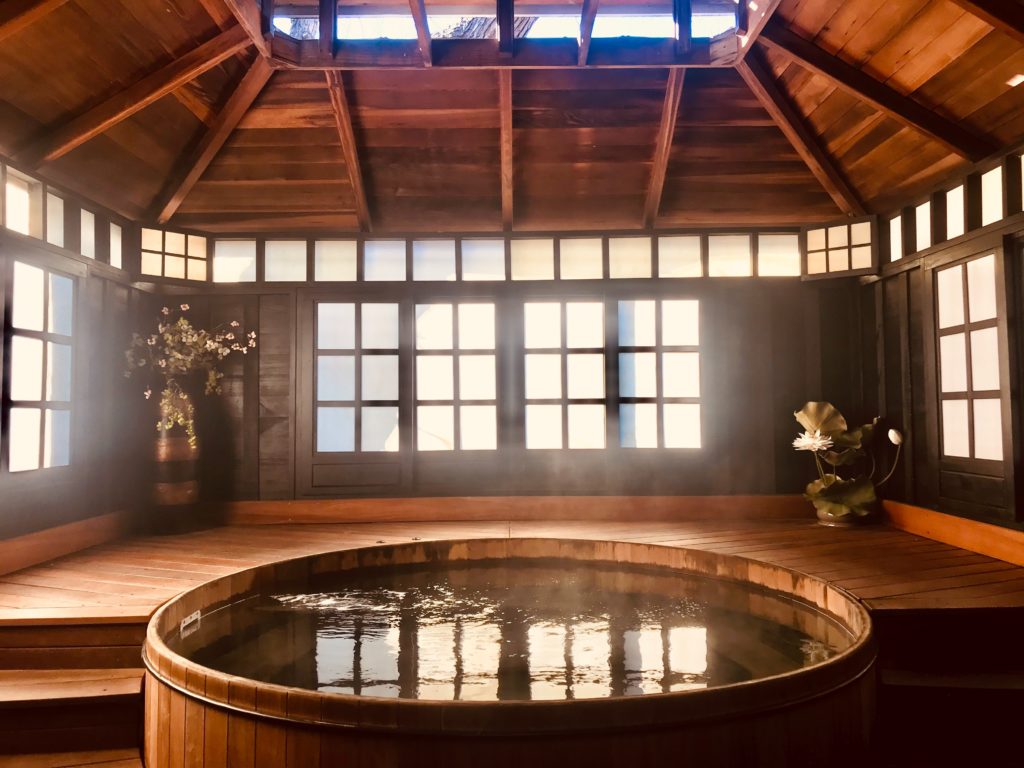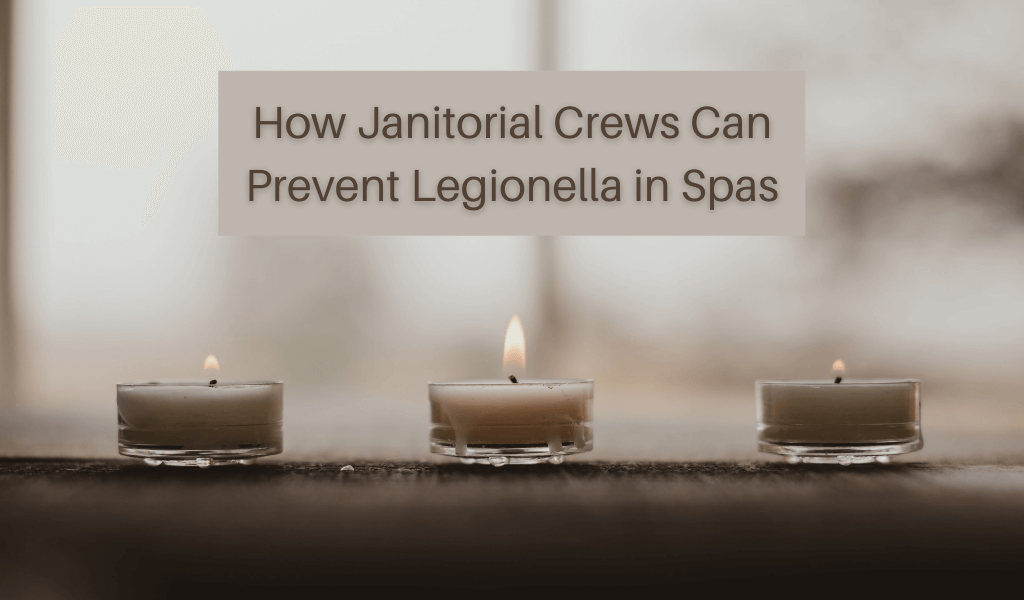Find out how to prevent Legionella in hotels and spas, and you could save lives.
In many parts of the world, Legionella was not a household word in the days before COVID-19. But as office buildings, hotels, and other sites began to reopen after spending months closed up, the bacteria reentered our lives. Because of this, janitorial crews should know about this bacteria, the diseases it causes, as well as how to prevent Legionella.
Like most viruses and bacteria we deal with in the janitorial world, it helps to know what it is, what precautions to take, and whether or not it’s even within our scope of practice to deal with. So with that in mind, let’s get into the literally microscopic details.
Communicate Clean and more with Janitorial Manager’s custodial management system. Schedule your free demo today to find out more!

Here’s what you can do to spot and prevent Legionella before people get sick
Before you can prevent Legionella, it’s important to understand what it is. According to the Centers for Disease Control and Prevention (CDC), Legionella is the bacteria that causes Legionnaires’ disease and Pontiac fever. Legionnaires’ disease is a type of pneumonia characterized by a cough, fever, shortness of breath, headache and muscle ache, and sometimes diarrhea, nausea, and confusion. Pontiac fever is a much milder infection, and is usually only accompanied by a fever and muscle aches.
The bacteria live in aquatic environments and then infect people when they breathe in tiny droplets of contaminated water – often through drinking water, showers, and the like. Hot tubs, infrequently used shower heads, decorative fountains, and the complex plumbing systems of large buildings are incredibly fertile territory for the Legionella bacteria to multiply.
The CDC estimates that approximately “one in 10 people who gets sick from Legionnaires’ disease will die.” If there is good news to be had, it’s that the disease is highly unlikely to spread from person to person.
Where do these bacteria come from? It’s not uncommon in freshwater lakes and rivers. However, it’s often diluted enough and moving enough that we don’t need to worry about getting sick from it. However, hotels, spas, and resorts with low occupancy rates are at an increased risk of harboring the bacteria.
The warm water in a hot tub or the decreased water flow through pipes and plumbing creates ideal conditions for the bacteria to thrive. It’s also possible for Legionella to grow in poorly maintained or under-used HVAC systems.
The best way to prevent Legionella is to use water management systems that can regularly monitor and clean the water. Unless you’re a building services contractor or offer maintenance packages, installing a water management system is probably not an option.
Aside from that, however, there are several steps your janitorial crew can take to prevent Legionella in spas, resorts, hotels, and other similar facilities.
There is one very important thing to point out here. Any time you’re dealing with a potentially infectious bacteria, be sure to wear appropriate personal protective equipment (PPE). There is some conflicting information about the type of PPE required for disinfecting after an outbreak, or in a potentially contaminated area, but OSHA suggests using “a NIOSH-approved respirator at least as protective as an N95 respirator.”
The first and perhaps most important step is being able to identify possible sources of contamination. For example, any areas of warm, stagnant water in a spa could be suspect. This includes whirlpools and any hydrotherapy areas.
The second most effective step is regular use and proper maintenance of water systems. While you may not be operating the equipment in spas, you can help keep it clean and sanitized. This includes paying particular attention to faucets, nozzles, and showerheads.
The city of Portland, Oregon, suggests vinegar or chlorine bleach as two possible cleaners that will kill Legionella. As always, though, read labels. You may already use a cleaner that is effective against Legionella and other similar bacteria.
Since hydrotherapy pools and other spa equipment could be fertile ground for Legionella, make it part of your regular cleaning schedule to drain and thoroughly disinfect these items. And if it’s within your scope, make sure you keep up with filter changes and other maintenance.
That’s perhaps the extent of what a janitorial crew can do to prevent Legionella, but the CDC does have several recommended steps for building managers. These include:
- Establish a water management team
- Identify areas where the bacteria is likely to grow
- Apply and monitor control measures.
If you are a building manager, you can download the 36-page guide to water management programs from the CDC.
While your janitorial teams may be limited in what they can do to prevent Legionella, the efforts they put forth can still have a profound impact in keeping people safe.
Clean up your cleaning operation with Janitorial Manager! Sign up to learn more about managing work orders, inspections, employee performance, and so much more—all in a single app!


Hello Mr. Heinl and the Janitorial Manager team. Excellent article! The company I work for helps janitorial crews and facility managers mitigate their risk from Legionella bacteria. I too am writing a blog post referencing steps facilities can take to prevent Legionella from developing in spas and hot tubs. May I reference your article as another great source of information within my blog post?
Please feel free!